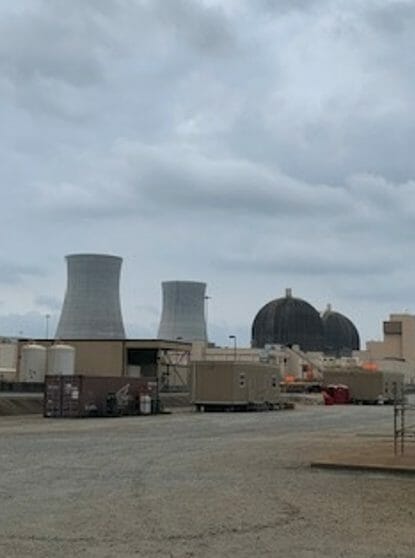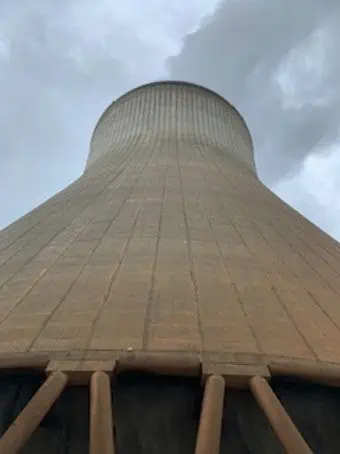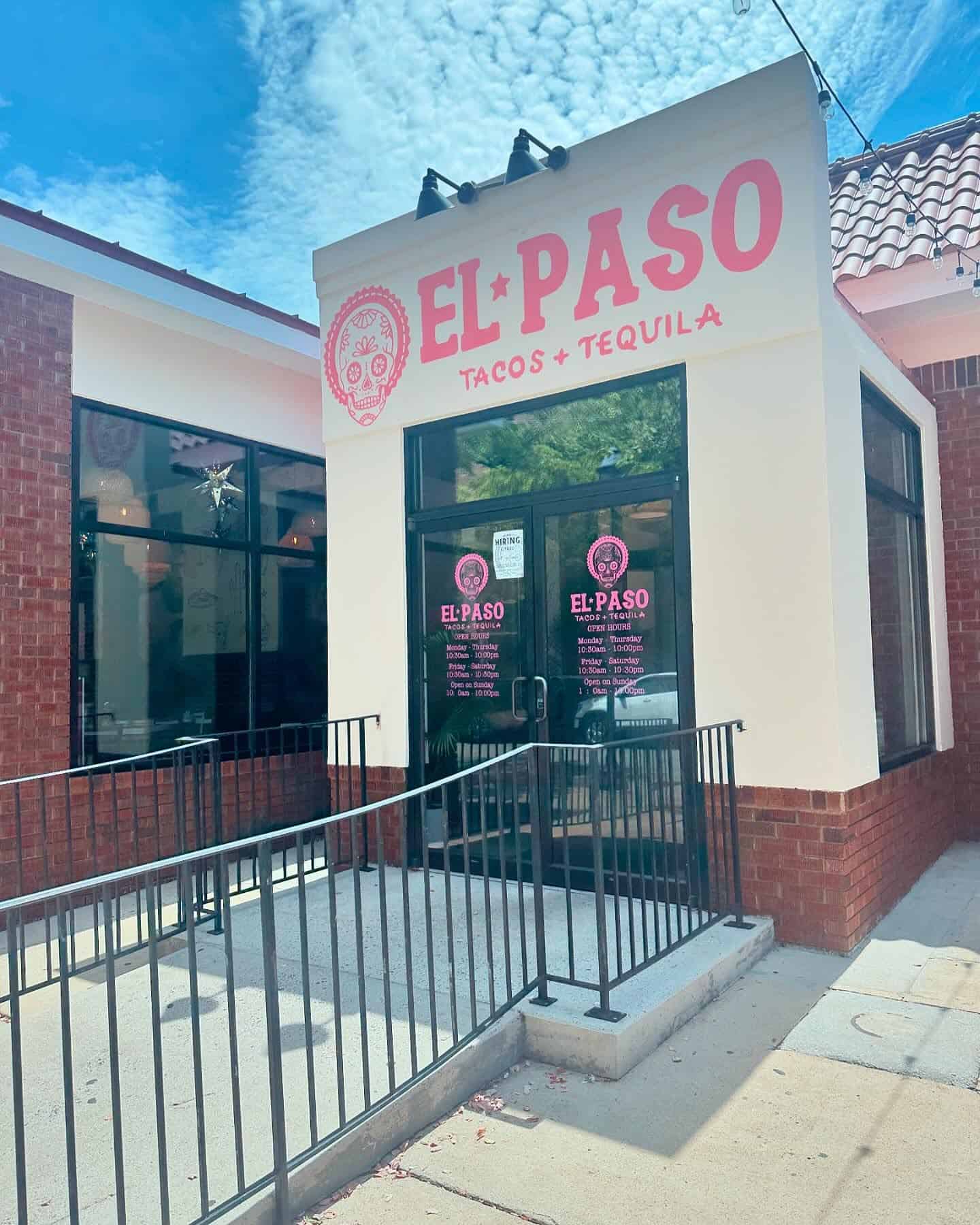Georgia Power announced on Monday, March 7 that it had begun splitting atoms in reactor 3 at Plant Vogtle. The previous week, my students and I had toured the facility with Mike McCracken, Communications Coordinator for Southern Nuclear Company, to learn more about the economics of nuclear power and what it means to our area.

Southern Nuclear announced it would file an Early Site Permit to build Units 3 and 4 at Plant Vogtle in 2005. At the time, the estimated cost was $14 billion. Currently, it is more than $30 billion. At peak construction, over 10,000 workers were employed on the site. When reactor 3 and 4 are fully functional, Plant Vogtle will be the largest and only four-unit reactor nuclear plant in the U.S. providing electricity to 1 million Georgia homes and businesses.
The construction costs are a major concern over nuclear power generation. There are limited opportunities for economies of scale in design and development. Units 3 and 4 at Plant Vogtle are the only new ones built in the last three decades. McCracken said there are some efficiencies being gained in Unit 4 due to lessons learned at Unit 3.
However, with newer generation nuclear plants being smaller and using different technology, some of these efficiency gains may not be used elsewhere. Although the costs of construction of nuclear plants is high, the operating costs are much lower than alternative forms of fuel. A fuel pellet of uranium the size of a pencil eraser can produce as much electricity as a ton of coal.
Economists use levelized costs, which account for construction, operating, maintenance and fuel costs, to compare different ways of generating electricity. Natural gas is 33% cheaper and coal production of electricity is 10% cheaper than nuclear power according to a 2018 MIT report. However, the advantage nuclear has over fossil fuels is its lower carbon emissions. After accounting for these environmental costs, nuclear is cheaper than coal and only 15 percent more expensive than natural gas (using 2018 prices).

Nuclear fuel costs have been and are expected to remain steady, while natural gas prices can vary widely and are currently over twice as high as 2018. Nuclear power will play a significant role in Georgia Power’s goal of net-zero carbon emissions by 2050. It is currently 51% net-zero carbon emissions primarily by reducing the use of coal, using more natural gas and building significant amounts of solar. When both Units 3 and 4 are operational, 33% of Georgia Power’s electricity will be generated by nuclear power.
The other major concern of nuclear power is safety. After a nuclear accident at Three Mile Island in the 1970s, the U.S. essentially stopped new nuclear construction. Chernobyl in 1986 and Fukushima in 2011 continued to keep safety concerns at the forefront of people’s minds. However, there were no direct deaths associated with the Fukushima accident or Three Mile Island. McCracken showed us some of the safety features of Plant Vogtle and obviously, we are not located in an earthquake or tsunami geography which is great to know.










